Behind The Board Games: Eddy Webb, Creator Of Pugmire
May 9, 2019 by dracs
Eddy Webb (with a “y”) is a writer, designer, and consultant for video games and RPGs. He’s worked on Pugmire, Futurama, Firefly, Red Dwarf, and Sherlock Holmes. In his spare time, he advocates for more inclusion of people with hearing loss. He can be found at pugsteady.com and eddyfate.com.
In this interview, Sam asks him about his experience as a freelance writer in the gaming industry, and Eddy lifts the lid on where Pugmire came from.
Sam: First of all, as the creator of Pugmire I have to ask, who's a good dog?
Eddy: You all are!
S: You have worked on a ton of different games. How did you first get started with game writing?
E: I have been making and tweaking games for my entire life. I have a distinct memory of making a board game as a Mother's Day present for my mom when I was very young, and I used to scribble D&D stats into the margins of my Transformers comics to play them in tabletop games. Somehow I still have a text file of a netbook of Cyberpunk 2.0.2.0. house rules that I posted on a BBS in the early 90s. So making games was always something I've been interested in.
S: How did you manage to go from being a gamer to working professionally in the industry?
E: It all started with pro wrestling, strangely enough. I got into a wrestling discussion with Cynthia Celeste Miller online, and we soon started talking about our mutual love of 80s cartoons (particularly G.I. Joe and Transformers). She mentioned she was working on her own tabletop game called "Cartoon Action Hour" to emulate those kinds of cartoons.
I came on board as her Vice President for a few years, and we convinced Z-Man Games to publish it, along with a few other games. This was around 2002-2003, long before self-publishing a tabletop game, even in PDF, was a realistic prospect. But I've always wanted to be a professional game designer, so even while working with Cynthia I quickly moved into writing freelance on projects like the Red Dwarf RPG and "Know Your Role!" for the WWE. And it's been a lot of hustle and hard work from there.
S: You’re perhaps best known for your work with Onyx Path. What has been your favourite title to work on and why?
E: If I'm allowed to be biased, I'm going to say Pugmire. It's my baby, and I have loved watching it grow from a silly idea to something that has brought joy to so many people in their lives.
That said, it's hard for me to think of an Onyx Path game I haven't enjoyed working on - the only downside I've found is that there are far too many exciting games in the world for me to play them all!
S: You’ve worked on video games as well as tabletop games. How do the experiences differ?
E: Quite a bit, but not as much as most people think. For me, designing a tabletop game involves finding ways to inspire, as well as limit, player creativity. You can't just decide to fly away or turn into a 50-foot monster in D&D unless you have a specific spell, for example, but you want to give suggestions and ideas of what they could do within the constraints of the game. So it ultimately comes down to the question of "what can't a player do?"
Whereas designing a video game requires you to create absolutely everything the player needs to engage with it. Sure, you can use middleware or assets created by others to use, but at the end of the day, if you don't intentionally put it into the game, it doesn't exist. Working in video games ultimately comes do asking "what can a player do?" Obviously, I'm oversimplifying here, but those questions are in my head as I design in each of those spaces.
That aside, both are usually highly collaborative projects where I'm working with a team - even an author-owned game like Pugmire still involved me talking with a publisher, an art team, and playtesters, and I generally I find "indie" game designers usually have a small team working on everything as well. I often find skills I've learned or developed on one side of the fence work well for me on the other side.
S: Tell us a bit about Pugmire. What inspired you to make this game?
E: I love this story, because I get to talk about my dogs, even though they've both since passed on.
It was around 2012, and my family was moving house across town. Due to some complications in the process, we were without a house for a couple of weeks. Luckily CCP/White Wolf owned a single-room apartment - it was used for new employees who had moved to Atlanta but didn't have a place to live right away. It was empty during that time period, so they loaned it to us. And the apartment was in a fashionably-renovated part of the neighborhood, built in what was originally an old ice house (where ice used to be stored before refrigeration was common). So, lots of polished concrete walls and floors.
The downside of this was that every sound bounces, and our pugs were not used to living in one small room. So they'd get anxious and bark. And the bark would bounce back to them, so obviously there was another dog somewhere! So they'd bark at that, which would set the other dog off, which would have another bark echo... it was driving me spare. So I grabbed the leashes and took them for a walk to wear them out and get out of the apartment for a bit.
On walks I would usually let my mind wander - I did some of my best design work taking the pugs out for walks. And this time I started thinking of the two of them as D&D classes. Puck, the younger and more adventurous one, liked to make friends and talk to people, so he was like a bard. Whereas Murray, who was older, liked to take his time and think things through before committing to them, so I figured he was more like a mage. By the time I got back, I started writing some ideas down, and I was surprised at how well different dog groups mapped up to D&D concepts. It all built up from there!
S: How did you go about taking that project from start to finish? What is your creative process like?
E: When I was laid off from CCP in 2014, I pitched Pugmire to a fiction anthology. I needed work fast, so I was taking old ideas, dusting them off, and trying to sell them. And the editors loved the story. At the end, they asked me "When is the RPG coming out?" I had no plans to make an RPG originally, but the idea grew on me. I already had a strong relationship with Rich Thomas, owner and creative director of Onyx Path Publishing, so I mentioned the idea to him, honestly expecting it to be shot down. Anyhow, that conversation quickly grew, and next thing I knew I was formally pitching it to him.
The formal pitch is, to me, an important part of design. I need to know exactly what a game is trying to do, what my intended audience is, and at least a rough idea of what the end result will be. Because it's easy to just endlessly go "oh this is cool and that is cool and what about this" until you have a hulking kludge of a design. By knowing right away what my constraints are, I can design to those constraints. I also usually end up writing a one-sentence "mission statement" that's my design goal, something I can refer back to when I'm waffling on whether a particular decision works for the game.
That process helped me check a lot of boxes right away: I knew I wanted it to be family-friendly, but still have enough depth for adults; that it would use an OGL-based engine because I wanted to evoke the D&D experience; that it would be a single book (although for a while I did consider a box set); and that while other species existed, I wanted the first game to be solely focused on dogs, and if it did well, I would make a companion game about cats that was completely cross-compatible.
From there, I stole a concept I learned in video games: the "vertical slice." It's basically a playable chunk of the game - it doesn't contain everything, or even most things, but you can play it and get a sense of what the final experience will be like to see if it's fun before devoting a ton of resources to a project. I hadn't made a tabletop game like that before, so I mocked up character creation, core rules, a handful of spells and monsters, and very basic setting material. And then I played it, and asked other people to play it, and got a lot of feedback on it. In retrospect, this vertical slice turned out to be a good decision, as I was able to make that into what I called "Pugmire Early Access," something I could then give to Kickstarter backers so they could also get a taste of what I envisioned the final game being like. And people played that clunky, incomplete game for months.
But yeah, it was a lot of design a bit, play it, revise, design a bit more, play it, revise. It took about eighteen months to get to the Kickstarter, and maybe another year after that before the final book was done. I wrote most of the book myself, which is something I've only ever done once before (on Vampire: The Masquerade 20th Anniversary Edition). It's not my preferred method - I'm a highly collaborative creative by nature - but I felt it was important that I make all the initial decisions myself. I needed to know where the game was going before I could tell others where I needed the game to go.
The rest is pretty straightforward - I hired a couple of writers to finish chapters I knew I wasn't going to be good at, worked with Onyx Path on the overall art direction, sorted out some contracts, proofed the book, sent it to the printers, and then out to the fans. But the rest was pretty easy, mainly because I spent over two years from pitch to final manuscript touching every part of the project's creation.
S: A new expansion for Pugmire is on the way called Pirates of Pugmire (cue Sam’s excited squeeing and yells of PIRATES!!). What will that add to the game and its setting?
It'll add a lot! It's a complete chronicle for both Pugmire and its companion cat game, Monarchies of Mau. It'll also have rules for playable lizard and bird characters, six new callings (which are like classes), rules for sailing and fighting on the sea, more on treasure and gunpowder weapons, three complete adventures, and information on new locations like Waterdog Port, Port Matthew, and nearby islands.
S: As a freelance game writer, what advice do you have for those looking to break into the industry? Do you have any tips on finding work?
E: For aspiring freelancers that can travel, go to conventions and talk to people, both visible professionals and not. Make friends. A lot of us are gamers as well as pros, and we'll often go to shows just to have a good time, not necessarily to work. So it's entirely possible that the person you ended up having pints with is the creative director for a company that you'd like to work for.
Otherwise, follow social media, Facebook groups, forums, blogs, and the like. Check to see if companies have submission guidelines. Be friendly with people online. Make cool games (even if they're small) and put them online for sale. Then, once you get hired for something, hit your deadlines, stay in communication with your client, and stay flexible and positive. If you're a joy to work with, you'll get more work.
S: As someone with hearing loss yourself, how do you feel games can be made more inclusive and accessible?
I actually have given a couple of talks on that exact topic! I have my slide deck available via my website for people who are interested, but in general if more games thought about technical enhancements like robust closed captions (not just subtitles) and designed so that audio cues were not a requirement, I think more gamers like me with hearing loss would find many more games available and accessible to them. And in tabletop games, taking a moment to learn how to communicate effectively with folks with hearing loss will make everyone's experience at the table more enjoyable.
S: Aside from Pugmire, do you have any other projects coming up for us to get excited about?
E: We're in the layout stage of Dystopia Rising: Evolution, which is a new Onyx Path licensed game. It's a post-apocalyptic game based on the popular US LARP background which is one part The Walking Dead and one part Mad Max. If you're a fan of our more "traditional" games like the World of Darkness or Chronicles of Darkness, this will have a similar feel, but it allowed me to try some new concepts and ideas I hadn't played with before.
And for Pugmire fans, I partnered with a company called Earplay that does interactive audio dramas. They just released a Pugmire one called "Friends and Enemies" on iOS, and it's really cool. The story starts like a professionally-produced audio drama, and then you get a choice. You actually talk back to the device to tell it what you want to do, and the story goes from there, keeping your decisions in mind. Working on that was interesting, because it's like working in both the tabletop space (everything is people talking back and forth to each other) and the video game space. Check it out at earplay.com, or on my Pugmire website at realmsofpugmire.com!
You can find more of Eddy's work at eddyfate.com, pugsteady.com, and realmsofpugmire.com, and you can hear him talk further about games design on the Onyx Pathcast.
If you were in Pugmire, what kind of animal adventurer would you be?
Supported by (Turn Off)
Supported by (Turn Off)
Supported by (Turn Off)































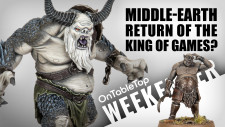
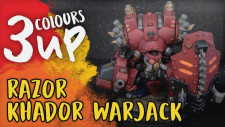
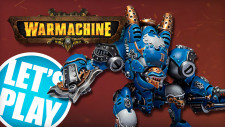
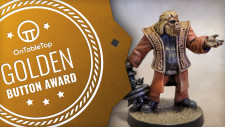
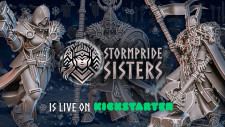










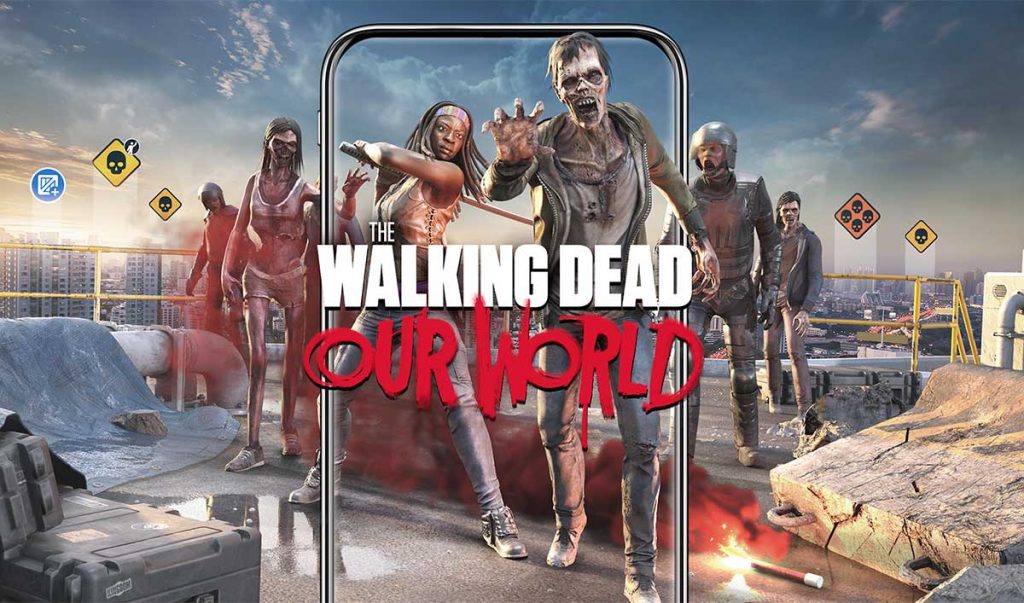

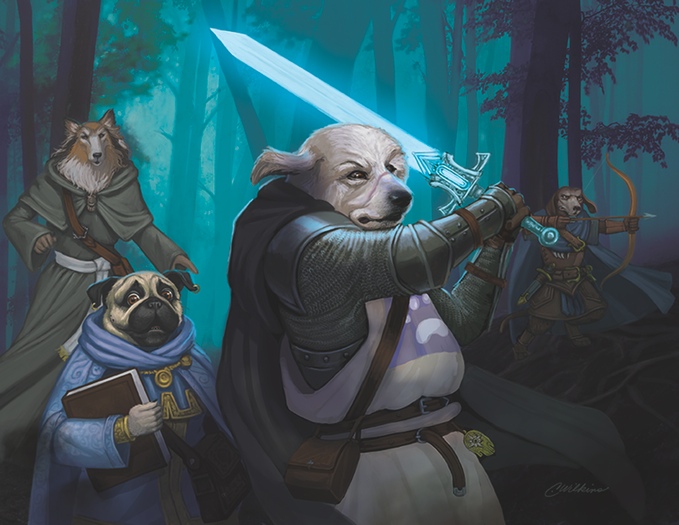



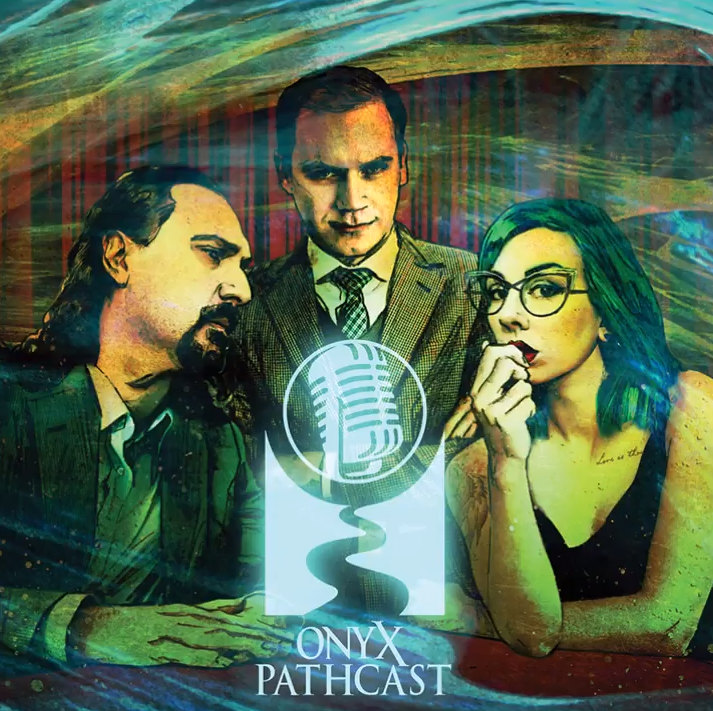
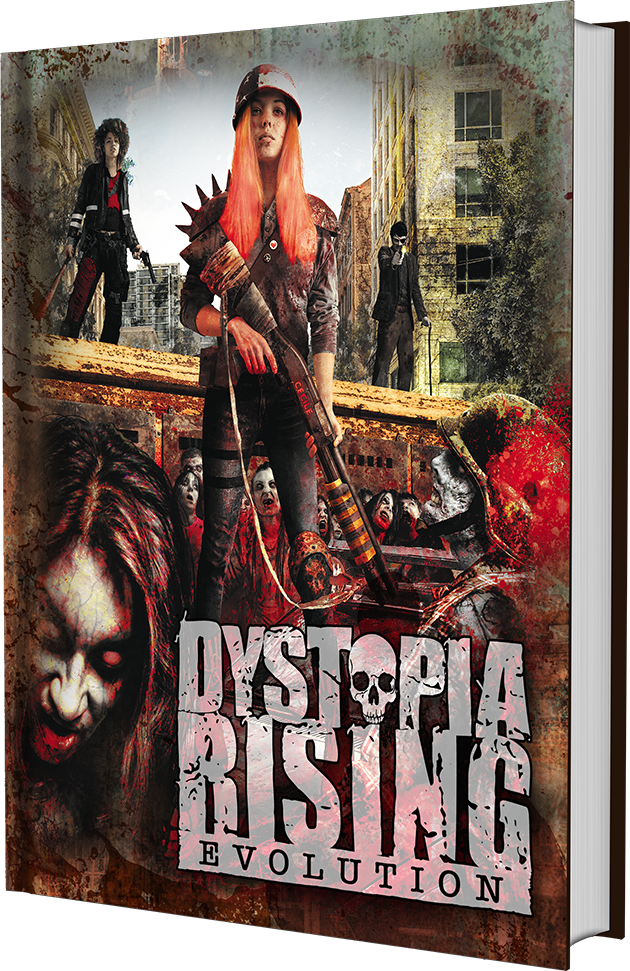



























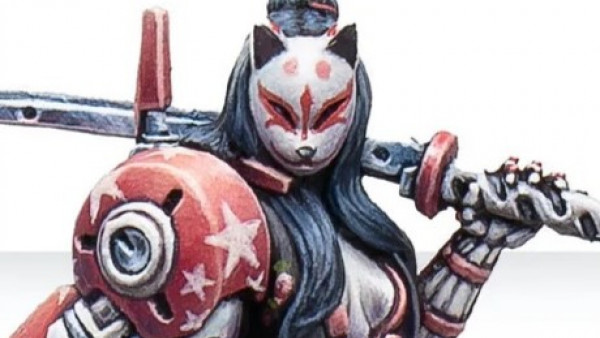
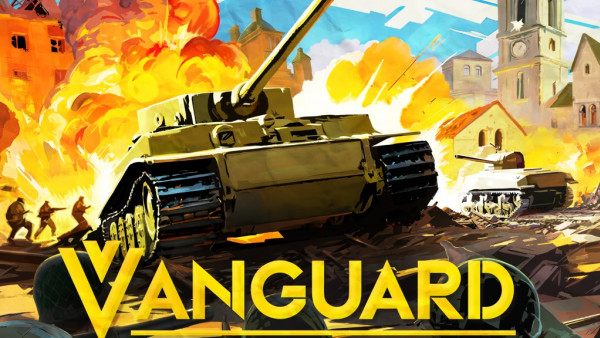
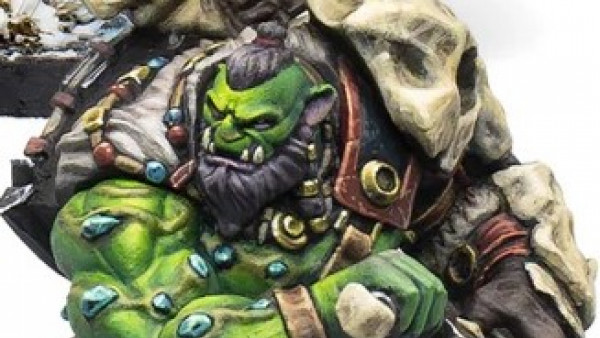
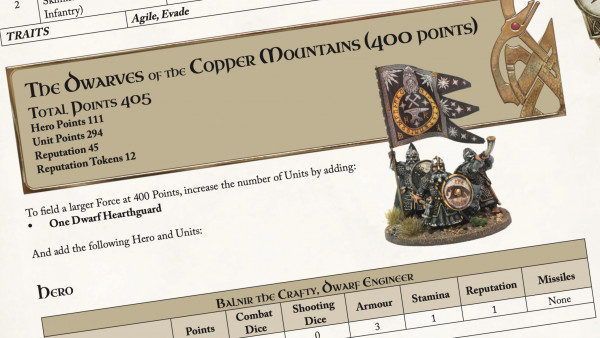

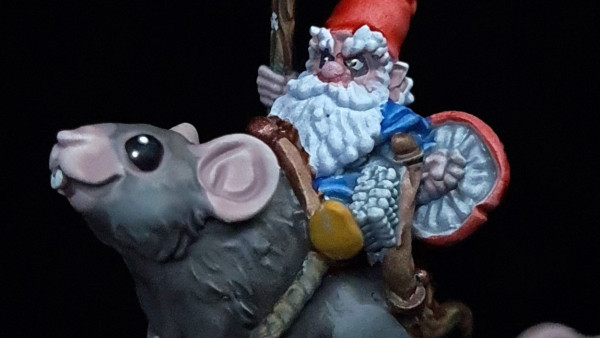


Really enjoyable and interesting interview. Thanks for sharing.